Submenu structure
-
Stelos 800 L
Stelos: Safety Instructions – read before use | Environment Stelos: Firmware update Stelos: User Interface | Controls | Functions | Handling Stelos: Technical Data Stelos: Remote control | Flash triggering Stelos: Power supply | Battery Stelos: Maintenance | Repair | Warranty Stelos: Accessories & Spare Parts Error messages
-
Satos
Safety Instructions – read before use | Environment Firmware update Satos User Interface | Controls | Functions | Handling Technical Data Remote control | Flash triggering Power supply | Battery Maintenance | Repair | Consumables | Spare parts | Guarantee Accessories Charging station for up to 4 slide-in batteries
- Pulso L
- Siros S
- Siros L
- Scoro E + S
- Move 1200 L
- RFS 2.1
- RFS 2.2
- RFS 3
- Pulso G, Unilite and Picolite
- LED F160
- Scope D50
- Compatibility (Lamp <-> light shaper | Lamp <-> power pack)
- Locate your distributor or dealer
-
 Stelos 800 L
Stelos 800 L
-
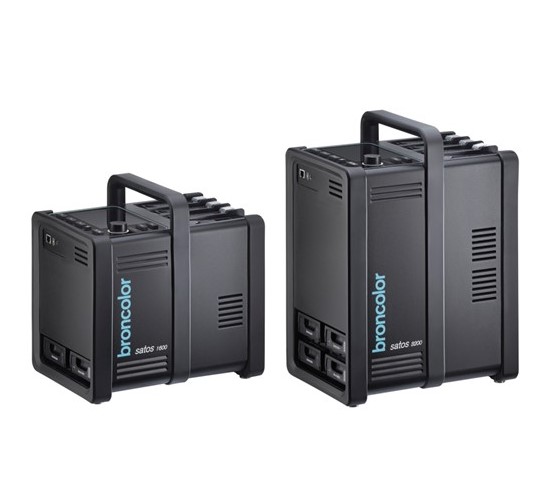 Satos
Satos
-
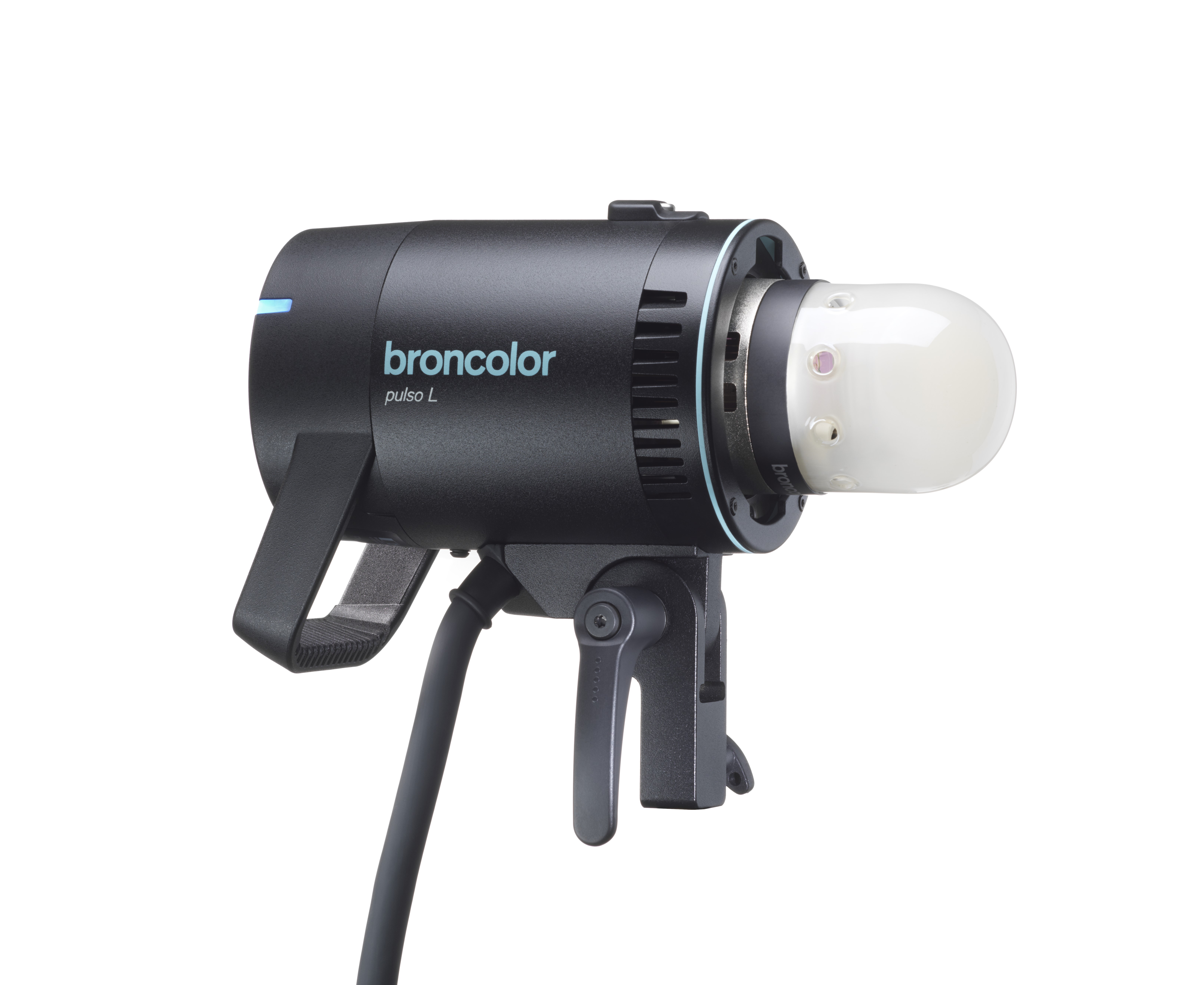 Pulso L
Pulso L
-
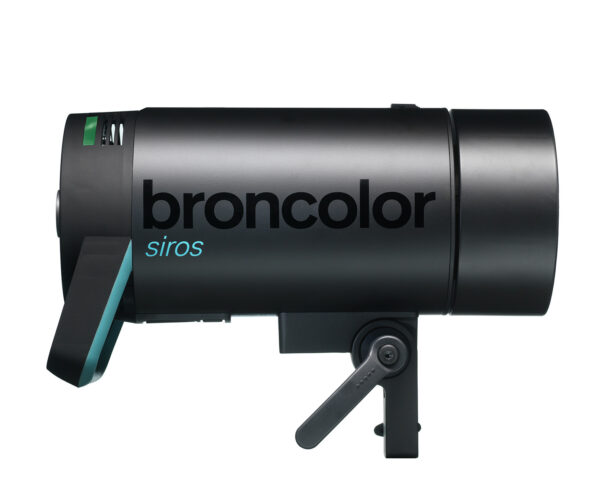 Siros S
Siros S
-
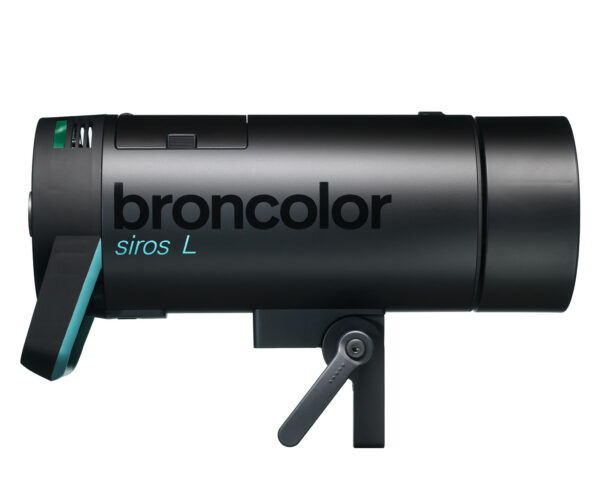 Siros L
Siros L
-
 Scoro E + S
Scoro E + S
-
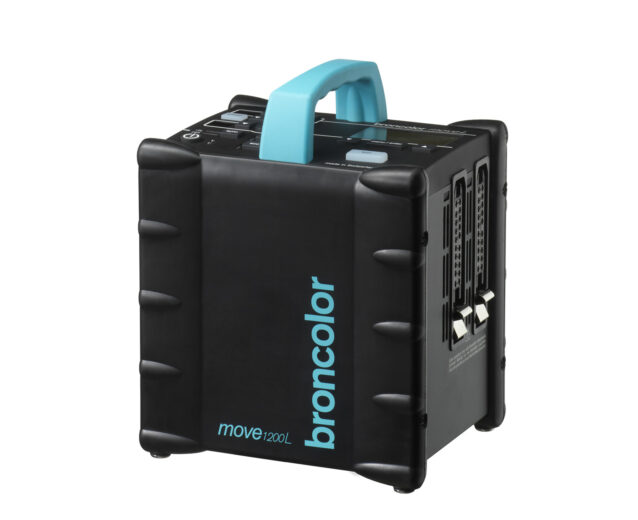 Move 1200 L
Move 1200 L
-
 RFS 2.1
RFS 2.1
-
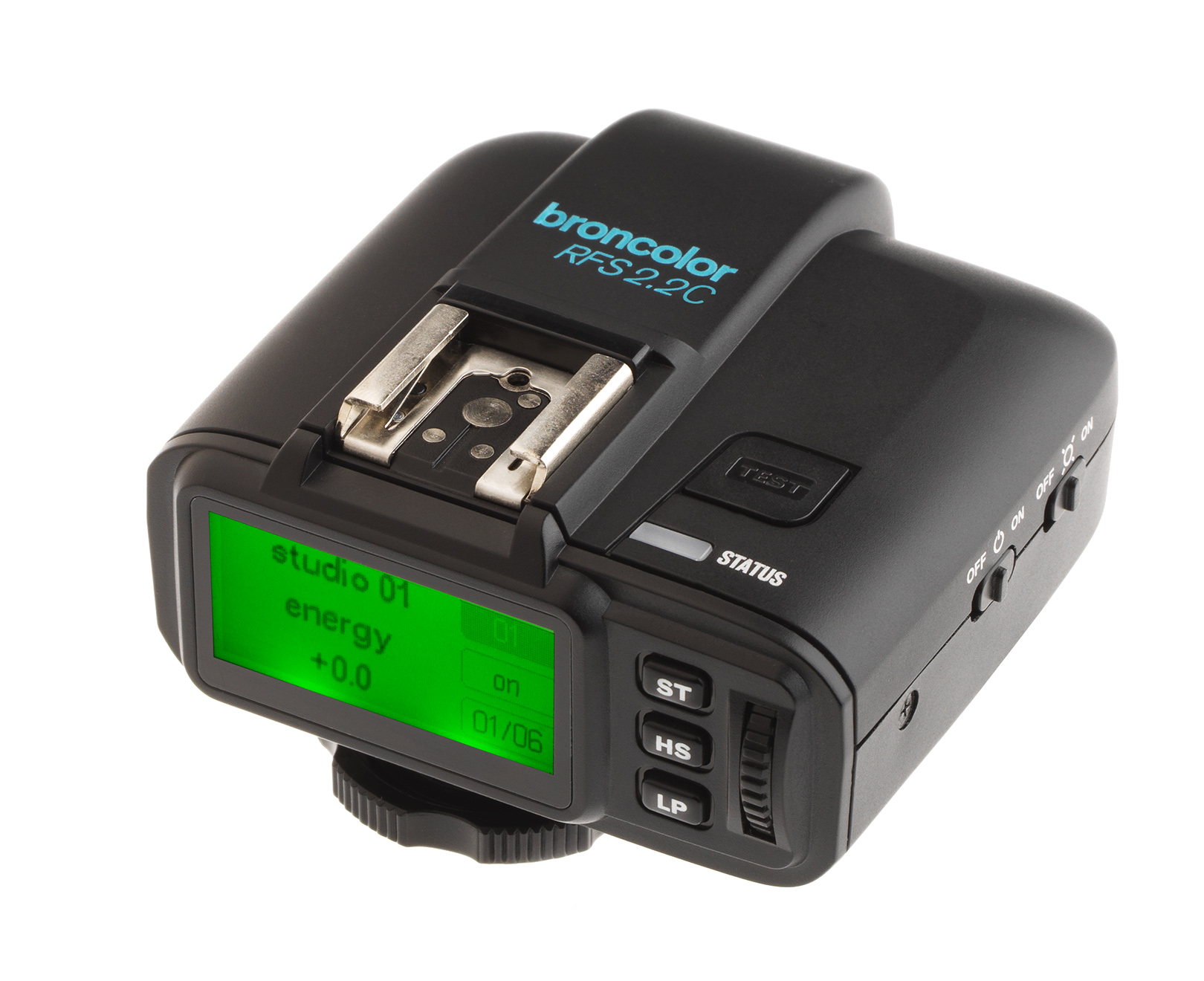 RFS 2.2
RFS 2.2
-
 RFS 3
RFS 3
-
 Pulso G, Unilite and Picolite
Pulso G, Unilite and Picolite
-
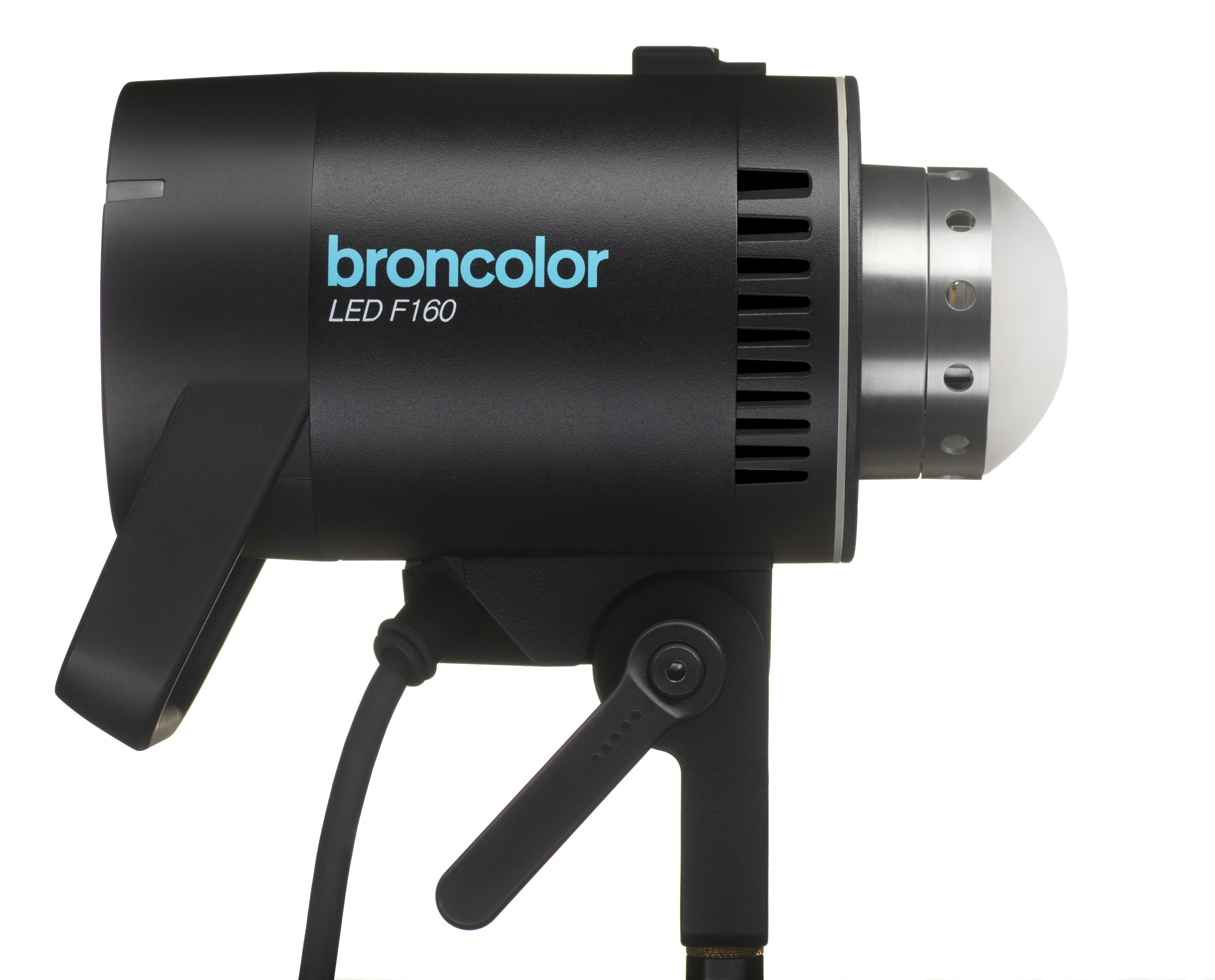 LED F160
LED F160
-
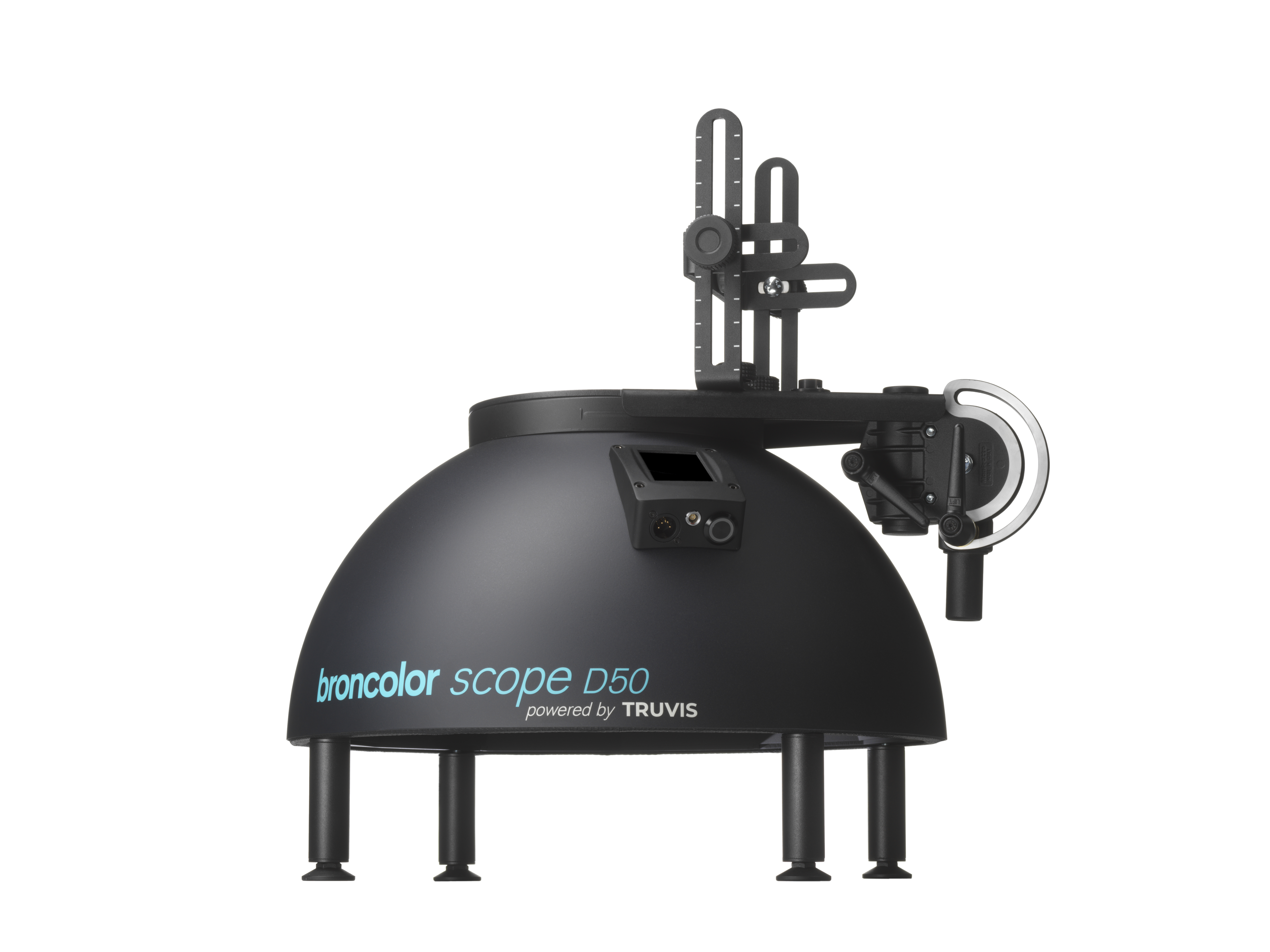 Scope D50
Scope D50
-
Compatibility (Lamp <-> light shaper | Lamp <-> power pack)
-
Locate your distributor or dealer
The Satos power pack submenu is divided into the following functions:

In the next chapter, each function is described in detail.
If a function has parameters that differ from the "Default" setting, then the push-button color changes from dark blue to dark green.
This enables you to quickly detect when certain special functions ("timing") are active, for example.
Example 1:
The default value of the "Flash settings" function is "Opt. (Optimal). For example, if the value "Speed" is selected here, the push-button turns dark green.
Example 2:If the "Sequence" button were colored dark green, you would know that a sequence with at least 2 flashes is currently active (the default value is "1").
Tip:
If you would like to reset all functions to default as quickly as possible, simply trigger the "Basic Reset" in the submenu under the "Reset" function. Please refer to the detailed description of this function for more information.
How to switch from the submenu back to the main menu?
Option 1:
Turn the rotary control to set the focus on the "House" icon in the upper left corner. Click on the rotary control to return to the Home view.
Option 2:
Press the "Home | Menu" ![]() toggle push-button quickly.
toggle push-button quickly.
Tip:
The "Back" button ![]() enables the user to navigate up one menu level at a time, while the "Shift" button above immediately brings the user back to the "Home" view, no matter where the submenu is located.
enables the user to navigate up one menu level at a time, while the "Shift" button above immediately brings the user back to the "Home" view, no matter where the submenu is located.